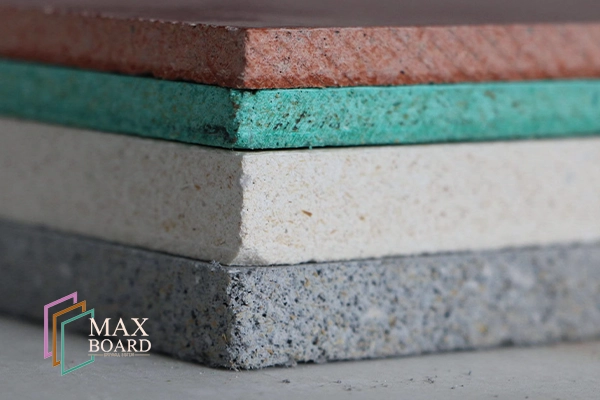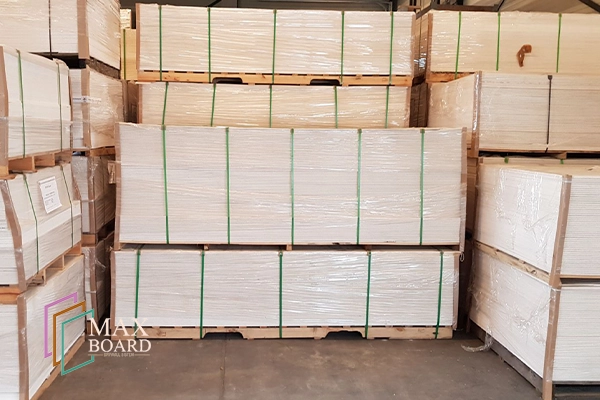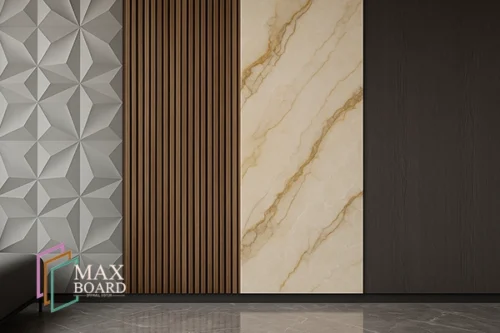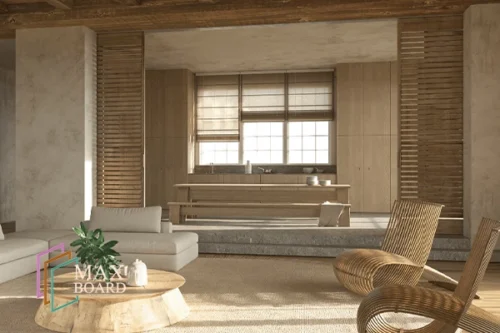Introduction
As modern construction continues to evolve, builders and architects are seeking smarter, safer, and more sustainable materials. One such breakthrough material is magnesium boards—also known as magnesium oxide boards or MgO boards. These panels have gained popularity due to their exceptional fire resistance, moisture control, durability, and environmental advantages.
In this comprehensive guide, we’ll explore everything you need to know about magnesium boards: what they are, how they compare to other building materials, their key benefits, use cases, environmental impact, installation process, and answers to common questions.
What Are Magnesium Boards?
Magnesium boards are construction panels made primarily from magnesium oxide (MgO), a naturally occurring mineral. The core composition typically includes MgO, magnesium chloride, perlite, cellulose, and fiberglass mesh. These components combine to create a board that is:
- Non-combustible
- Moisture- and mold-resistant
- Lightweight yet strong
- Environmentally friendly
Unlike traditional drywall or cement board, magnesium boards offer superior performance under extreme conditions, making them ideal for high-demand projects.

Key Benefits of Magnesium Boards
1. Superior Fire Resistance
Magnesium boards are non-combustible and can withstand temperatures up to 1000°C. This makes them a preferred choice for fire-rated assemblies in commercial and residential buildings.
2. Excellent Moisture Resistance
These boards do not warp, swell, or break down in humid or wet environments, making them ideal for bathrooms, basements, kitchens, and exterior sheathing.
3. Mold and Mildew Protection
Thanks to their mineral composition, magnesium boards naturally resist mold, mildew, and insects—promoting healthier indoor air quality.
4. High Impact Strength
Reinforced with fiberglass mesh, MgO boards resist dents, cracks, and impacts, outperforming traditional gypsum and cement boards.
5. Versatility in Applications
Suitable for both interior and exterior walls, ceilings, facades, sheathing, and even flooring substrates.
6. Eco-Friendly Manufacturing
Magnesium oxide is an abundant natural resource. The production process requires less energy and emits fewer greenhouse gases compared to cement-based materials.
7. Dimensionally Stable
These boards maintain shape and structural integrity despite changes in humidity or temperature.
8. Acoustic and Thermal Performance
Provides better sound insulation and thermal efficiency than many traditional alternatives.

Common Applications of Magnesium Boards
- Fire-rated walls and ceilings
- Wet area lining (bathrooms, saunas, kitchens)
- Exterior cladding systems
- Structural wall sheathing
- Partition walls in schools and hospitals
- Underlayment for flooring systems
- Prefabricated modular construction
Magnesium Boards vs Other Materials
| Feature | Magnesium Boards | Gypsum Boards | Cement Boards |
|---|---|---|---|
| Fire Resistance | Excellent | Moderate | Good |
| Moisture Resistance | Excellent | Poor | Good |
| Mold/Mildew Resistance | High | Low | Moderate |
| Weight | Lightweight | Light | Heavy |
| Strength | High | Low | High |
| Flexibility | Moderate | High | Low |
| Eco-Friendly | Yes | Yes | No |
| Cutting Tools Needed | Basic/Circular Saw | Utility Knife | Diamond Blade |
Installation Guide for Magnesium Boards
Tools Required:
- Circular saw with carbide or diamond blade
- Measuring tape
- Screw gun or drill
- Magnesium board screws (corrosion-resistant)
- Joint tape and joint compound (MgO-compatible)
- PPE: gloves, mask, goggles
Step-by-Step Installation:
- Preparation: Ensure the framing is plumb and square. Clean the surface area.
- Cutting: Measure and cut the board using a circular saw.
- Fixing: Screw the boards onto metal or wood studs with proper spacing (screw every 12–16 inches).
- Joint Treatment: Apply joint tape and compound to all seams.
- Finishing: Sand smooth once dry and prepare the surface for painting or covering.
Environmental Impact
- Low VOC Emissions: Enhances indoor air quality
- Energy Efficient Production: Lower carbon footprint than Portland cement
- Sustainable Raw Materials: Magnesium oxide is naturally available and recyclable
- Recyclability: Can be repurposed or recycled after its useful life
Maintenance and Durability
Magnesium boards are low-maintenance. Their resistance to water, insects, and fire means they last longer with fewer repairs. Occasional cleaning and resealing (if used externally) keep them in excellent condition.
Certifications and Standards
Reputable manufacturers ensure their boards meet or exceed the following:
- ASTM E136: Non-combustibility
- ASTM C1185: Flexural strength
- ISO 5660: Fire behavior
- EN 12467: Fibre-cement board standards
Always request performance test data and certifications when sourcing magnesium boards for a project.
Frequently Asked Questions (FAQs)
Can magnesium boards be painted?
Yes, just like drywall. Use a compatible primer for best adhesion.
Are magnesium boards safe for people with allergies or asthma?
Absolutely. They don’t harbor mold or VOCs, making them ideal for health-conscious environments.
Can they be used in high-humidity regions?
Yes, they perform exceptionally well in tropical or coastal areas.
Are magnesium boards more expensive than gypsum?
Initial cost may be higher, but they save money long-term via lower maintenance and higher durability.
Can they replace cement board in tile applications?
Yes, magnesium boards can be used as tile backers and offer better moisture protection.
Conclusion
Magnesium boards are not just another alternative to drywall or cement board—they represent a smarter, safer, and more sustainable future for construction. With outstanding resistance to fire, moisture, mold, and impact, these panels offer unmatched performance across a wide range of applications.
If your next project demands durability, safety, and eco-conscious design, magnesium boards are your ultimate solution.
Read more on:



